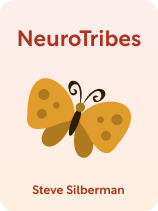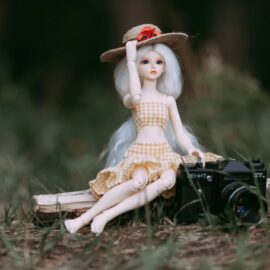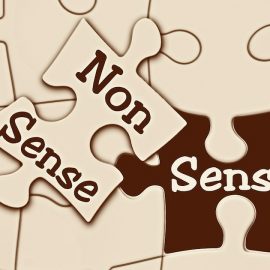

This article is an excerpt from the Shortform book guide to "NeuroTribes" by Steve Silberman. Shortform has the world's best summaries and analyses of books you should be reading.
Like this article? Sign up for a free trial here.
Who was Leo Kanner? How influencial was his autism research?
In the early 1900s, Leo Kanner was a psychiatrist and autism researcher. Although he was studying autism at the same time as Hans Asperger, he saw himself as the sole discoverer of autism.
Keep reading to learn about Leo Kanner’s autism research in the US.
Leo Kanner: The Leading Autism Research in America
At the same time that Hans Asperger was studying autistic children in Vienna and drafting his thesis, child psychiatrist Leo Kanner’s autism research was becoming well-known in America. Steve Silberman explains that Kanner was one of the most prominent psychiatrists in America, and his work on autism became the defining research for many years.
Though Kanner worked with some of Asperger’s colleagues (those who came to America to flee the Nazis), Kanner’s work never mentions Asperger’s. Silberman suggests that Kanner refrained from acknowledging Asperger’s research—as well as the research of others who’d studied autism under different names, like childhood schizophrenia—because he saw himself as the lone discoverer of autism.
(Shortform note: While Kanner never mentioned Asperger’s work, Asperger did mention Kanner on multiple occasions. However, despite the overlap in their research, the two men never met. Some historians speculate that this was because Kanner was embarrassed for copying some of Asperger’s work, or jealous that Asperger discovered the syndrome first. Others contend that they didn’t meet because both men genuinely believed they were studying entirely different conditions. Still others have argued that Kanner didn’t “steal” anything from Asperger. They instead suggest that the similarities in their work were due to the influence of Asperger’s colleagues who later worked with Kanner.)
The Differences Between Asperger’s and Kanner’s Approaches
According to Silberman, Kanner approached autism research differently than Asperger did, which led to discrepancies in their findings and—Silberman suggests—inaccuracies in Kanner’s. Silberman describes four main differences between Kanner’s and Asperger’s research: the age of the subjects, the range of their traits, the rarity and severity of their traits, and the belief in what causes autism.
Difference #1: Age of Subjects
While Asperger studied both children and adults, Kanner limited his study to very young children. Because of this, diagnostic criteria were limited to early childhood behaviors, meaning that teens and adults who weren’t diagnosed in childhood often went undiagnosed for the rest of their lives.
Difference #2: Range of Traits
According to Silberman, Kanner also ignored the individual differences between his patients and described autism according to very restrictive criteria. He viewed autism as a monolithic disorder with few or no variations—as opposed to the spectrum Asperger identified.
Difference #3: Rarity and Severity
Additionally, Kanner defined autism as being extremely rare and very severe, explains Silberman. This clashed with Asperger’s understanding of autism as relatively common and presenting on a spectrum. While Asperger intentionally worked with children of all different levels, Kanner placed himself at the top of the autism assessment and treatment hierarchy, guaranteeing that he would only see the most severe cases.
Difference #4: Cause
Finally, Silberman explains that Asperger and Kanner differed in their beliefs on what caused autism: While Asperger felt confident that it was a genetic disorder passed on through families, Kanner instead promoted the idea that it was a condition caused by insufficiently affectionate parenting in a child’s early years.
Because Kanner’s work was so well-known while Asperger’s was virtually unheard of, the medical field came to view autism as a severely disabling, extremely rare disorder inflicted by bad parenting—a misunderstanding that lasted for decades to come.

———End of Preview———
Like what you just read? Read the rest of the world's best book summary and analysis of Steve Silberman's "NeuroTribes" at Shortform.
Here's what you'll find in our full NeuroTribes summary:
- The truth behind the common misconceptions about autism
- How society’s perception of autism has evolved since the 1930s
- The most effective treatments for autism spectrum disorder






